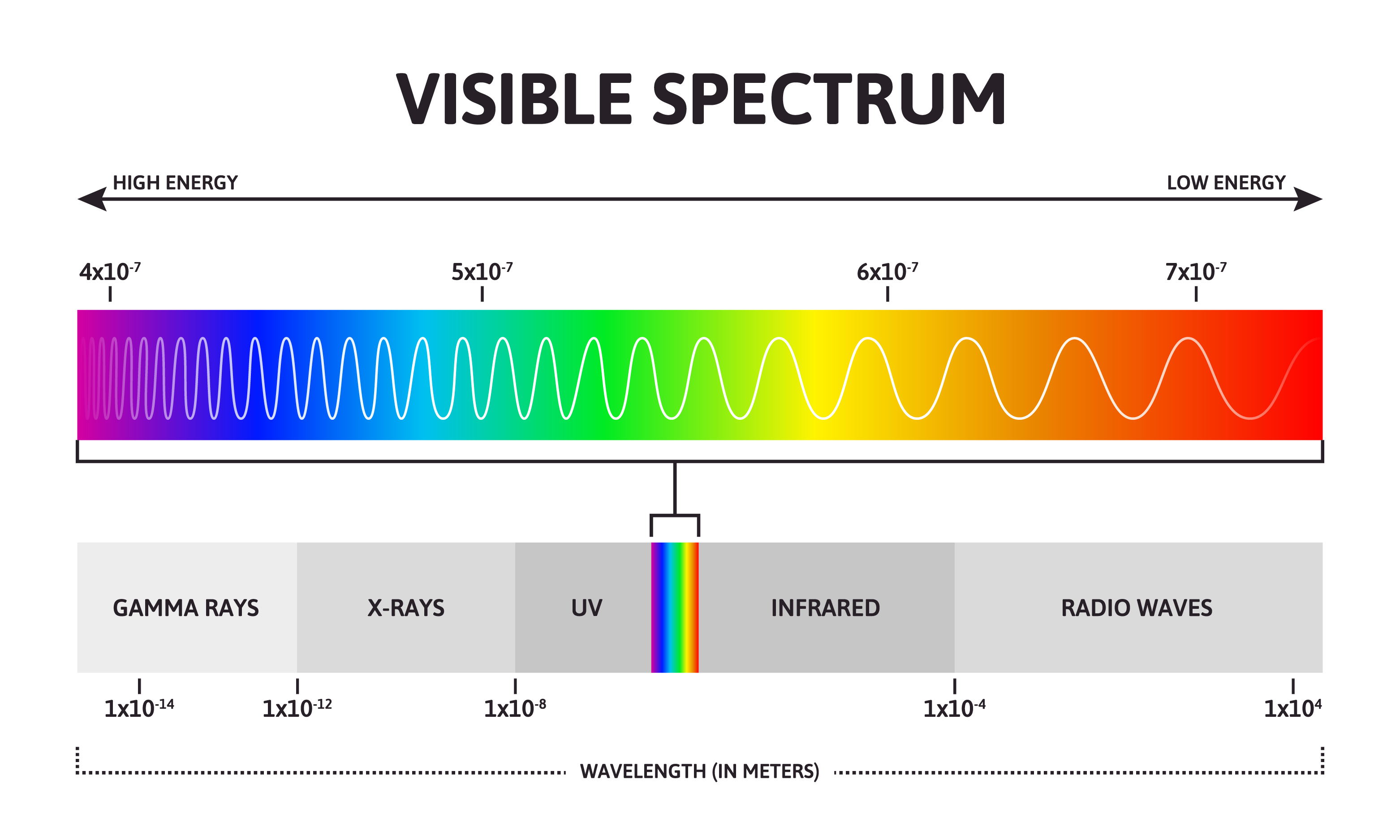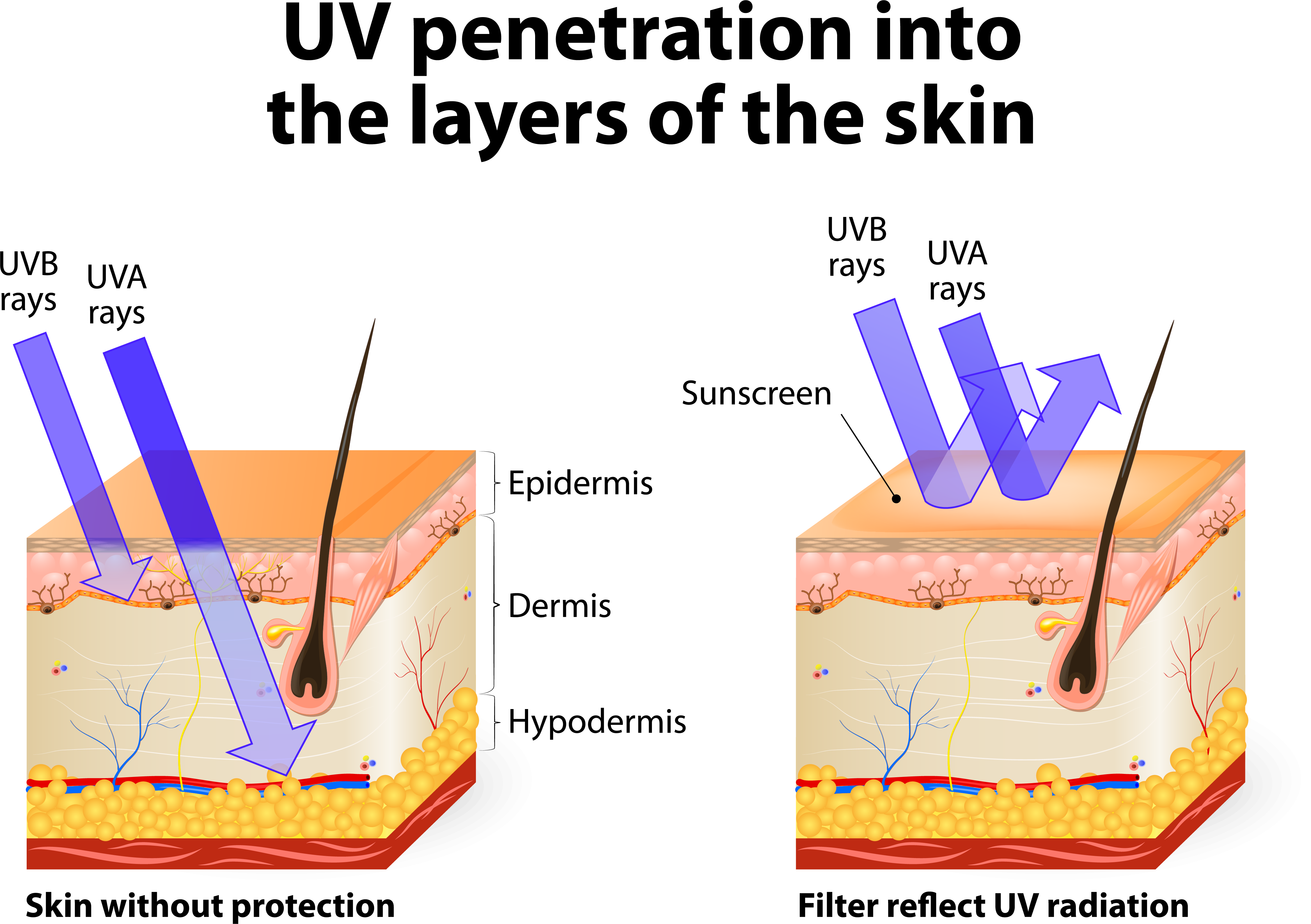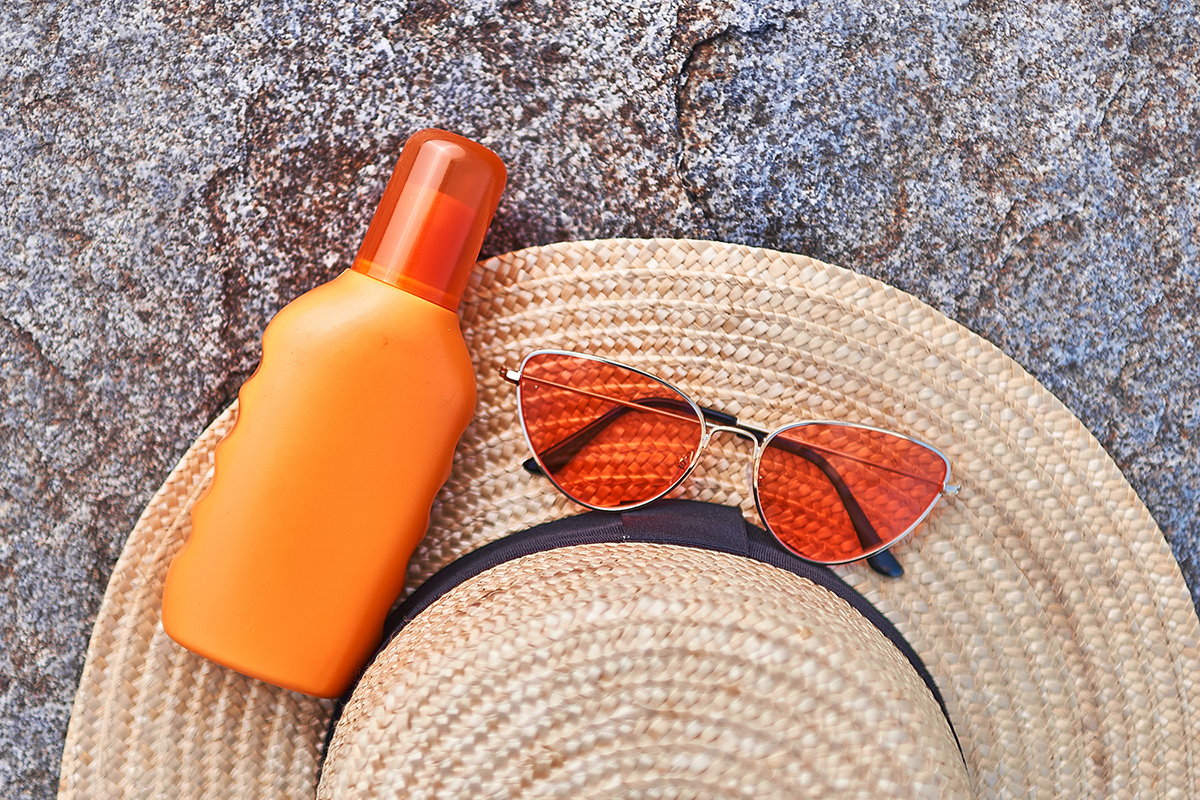Summer is in full swing. As a result, many Michiganders are spending more time in the great outdoors taking advantage of the warmth and sunshine.
However, the more time a person spends outdoors the more their body is exposed to Ultraviolet (UV) radiation. UV radiation, a form of non-ionizing radiation, is invisible to the human eye and cannot be felt. It can cause severe skin damage and lead to the development of skin cancer.
Here at Versant Physics, our focus is primarily on radiation safety in relation to ionizing radiation sources used in medical procedures and cancer treatments. However, it is just as important that you protect yourself from naturally occurring UV radiation and understand the potential health risks.
In honor of UV Safety Month, we’ll explain what UV radiation is, the most common types of skin cancer and other health risks associated with UV radiation, and important protective measures you should take when out in the sun.
What is UV Radiation?
Ultraviolet (UV) radiation is a non-ionizing form of electromagnetic radiation that has both natural and artificial sources. Most of the UV radiation from sunlight gets absorbed by Earth’s atmosphere. What doesn’t get absorbed makes its way to the surface and interacts with our skin. UV rays are present even on cloudy days and also reflect off surfaces like snow, sand, and water.
There are three types of UV radiation rays:
- Ultraviolet A (UVA)
- Ultraviolet B (UVB)
- Ultraviolet C (UVC)
UVA rays have the lowest wavelength of the different types of UV radiation; however, they make up over 95% of the rays that reach the Earth’s surface. These rays penetrate through the layers of skin, damaging the elastin and collagen. This results in tanned skin and skin aging, often in the form of wrinkles or age spots.
UVB radiation is made up of high-energy UV rays that interact with the top layers of skin. UVB rays interact with skin cells and damage them, causing DNA mutations that show up later in the form of sunburns, skin cancer, or cataracts.
UVC rays are the strongest of the UV rays. Almost all of this UV radiation is absorbed by Earth’s atmosphere.

Unprotected, prolonged exposure to UV radiation from the sun is connected to a variety of health risks, including:
- Premature aging
- Skin damage
- Cataracts
- Immune system suppression
- Skin cancer
UV Radiation Exposure and Skin Cancer
UV radiation causes melanoma and nonmelanoma skin cancers called basal cell carcinoma (BCC) and squamous cell carcinoma (SCC).
Melanoma
Melanoma is a type of skin cancer that forms in the melanocytes. These cells are located beneath the squamous and basal cells and are what produce melanin, the pigment that gives hair, eyes, and skin its color.
Melanoma is less common than other types of skin cancer, however, it is more dangerous. This is because melanoma it more likely to spread to other parts of the body if left untreated. Melanoma often presents as a highly pigmented black or brown tumor on the torso, chest, neck, or face.
The “ABCDE” rule can help patients identify if their existing mole or new skin growth is a warning sign of melanoma:

- Asymmetry. The two halves of the mole do not match.
- Border. Normal moles have a clean, even border. Melanoma will present with uneven or ragged edges.
- Color. Melanoma tumors can be black, brown, pink, red, or white.
- Diameter. Melanoma is usually a growth larger than a pencil eraser, or ¼ inch in diameter.
- Evolving. The existing mole or new growth is changing in size, shape, texture, or color. It also may begin to itch, bleed, or ooze.
People with light skin, eyes, and hair are considered more at risk of developing melanoma than people with darker skin. Age, gender, occupation, family history, and lifestyle choices also play a role in the level of risk associated with developing melanoma.
Nonmelanoma Skin Cancers
Basal cell carcinoma is the most common type of skin cancer that begins in the basal cells. It shows up on areas of the body that are frequently exposed to UV radiation from sunlight, such as the head, face, or neck. It normally presents in the form of a skin lesion or shiny, skin-colored bump.
Squamous cell carcinoma is less common but just as serious. It presents as open sores, thick or wart-like skin, raised growths, or scaly red patches that may itch or bleed. SCC can show up anywhere on the body, although they are most often found on areas of the body that are frequently exposed to the sun.
Both BCC and SCC grow relatively slowly and are highly treatable. The sooner a new or strange-looking growth is looked at by a dermatologist and diagnosed, the better the odds are of treating the skin cancer. However, if left untreated, these skin cancers can spread to other areas of the body and become more dangerous.
UV Radiation Protection
There are many simple protective measures the average person can implement to help lessen the risks associated with UV radiation and its negative side effects.
- Seek shade
- Avoid prolonged sun exposure from 10 a.m. to 4 p.m. when the sun is strongest
- Wear long sleeves or pants
- Wear a hat and/or UV-blocking sunglasses
- Wear a broad-spectrum sunscreen

Sunscreen is a major protector against UV radiation. Broad-spectrum sunscreens protect the skin from both UVA and UVB rays. Wearing a minimum of SPF 15 can reduce the risk of developing melanoma by 50% and SCC by 40%. Wearing a protective sunscreen daily can also help prevent premature skin aging.
Are There Any Health Benefits to UV Radiation?
Exposure to natural UV radiation from the sun has an important health benefit for the human body. UV radiation helps our bodies produce vitamin D, which is an essential vitamin that absorbs calcium in our stomachs, reduces inflammation, and is needed for healthy bone growth. Some food products contain vitamin D however most people get a portion of their vitamin D needs through sunlight.
There are no hard and fast numbers detailing how much sunlight exposure is needed for optimal vitamin D synthesis. The World Health Organization recommends no more than 15 minutes of direct sun exposure at least 3 times a week.
However, this does not negate the need for sun protection measures such as sunscreen and wearing protective clothing.
The Takeaway
It is important to protect yourself from UV radiation any time of the year. Although this non-ionizing source of radiation can help our bodies create vitamin D, it also interacts with our skin in a way that can lead to skin cancer. To prevent this, you should wear and apply sunscreen as directed, invest in UV-blocking glasses and clothes, and try to stay out of the sun as much as possible.
Learn more about UV and sun safety here.


